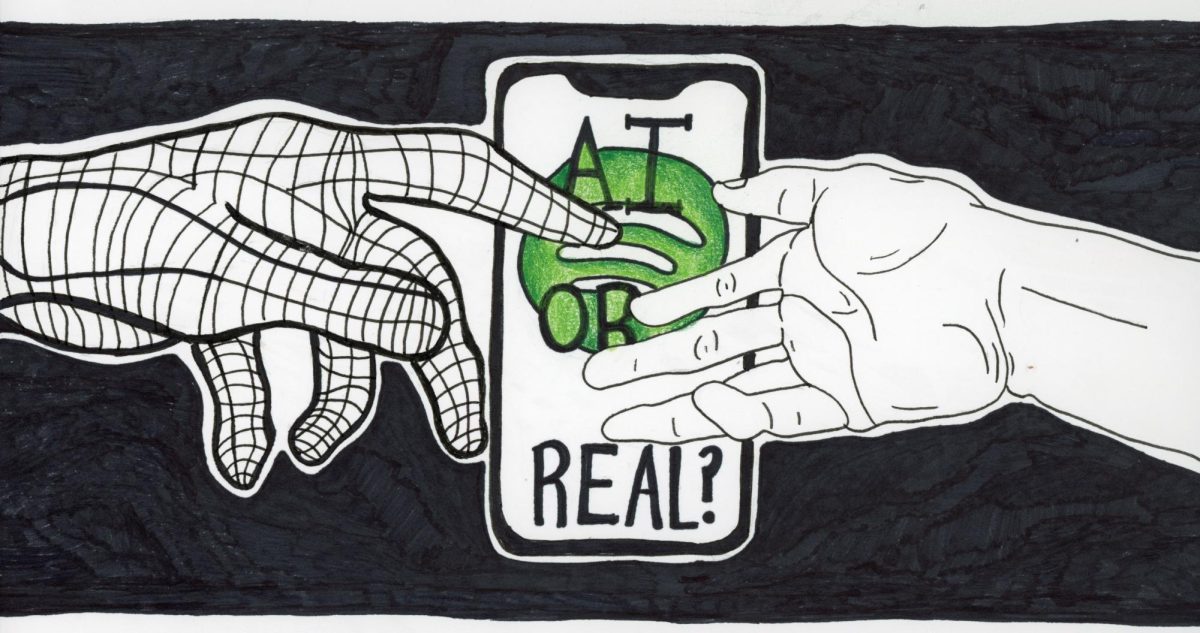Apples, blueberries, and grapes. Halloween, Thanksgiving, and Christmas. Red, yellow, and blue. All of these sentences have something in common with one another, and one of them is the use of the Oxford comma. To explain it in simple terms, the Oxford comma is a comma that you place before the word “and” when you’re at the end of a list of three or more things. This comma has never been grammatically needed, however, in my opinion, I think it really, really should be.
It’s a really small thing to get heated over but it really bothers me when the Oxford comma is not used. To me, it makes the list look like the last two items are connected to one another, when they really are not. Whenever the Oxford comma is not used in a sentence, I find myself having to reread the sentence when I realize that the sentence flows weirdly in the way that I read it. For example, take a look at these two sentences below.
“I need to buy a cake, balloons and gifts.”
“I need to buy a cake, balloons, and gifts.”
In the first sentence, the lack of the Oxford comma tells the reader not to pause after balloons and to continue reading the sentence smoothly. Doing this can make you connect the last two items and think of them as one, when that was not the intention. The sentence also ends right after gifts, which disrupts the flow. Now try the other sentences below.
“I like milk, cookies and cream.”
“I like milk, cookies, and cream.”
With these specific examples, I used two words that are commonly used together and put one after the other. Seeing that would have put me in even more confusion than the last two previous sentences. My first question would be “Cookies and cream what?” because cookies and cream is a common flavor for many kinds of desserts. Then I’d think about how you don’t need to be specific with what kind of dessert you like and can just enjoy cookies and cream anything, so that was probably what the author was going for. Once coming to that conclusion, I’d wonder why the author didn’t put an “and” in between milk and cookies and assume that there was an error that the editor missed. Finally, I’d realize that this sentence was actually a list of three items and that cookies and cream are supposed to be seen as two separate things.
In both examples, using the Oxford comma helps you divide the last two items and continue reading on without disrupting the flow of the story. Though it does bulk up your sentence, I think that readability is better than aesthetics when it comes to stories. All it takes is a press of a button on your keyboard, or a little tiny swipe of your writing utensil, and then boom! You have yourself an Oxford comma that divides your words up nicely.
I’m not a grammar expert at all, but I think that using the Oxford comma will really help with confusion and readability for readers reading your essay if they’re anything like me.







